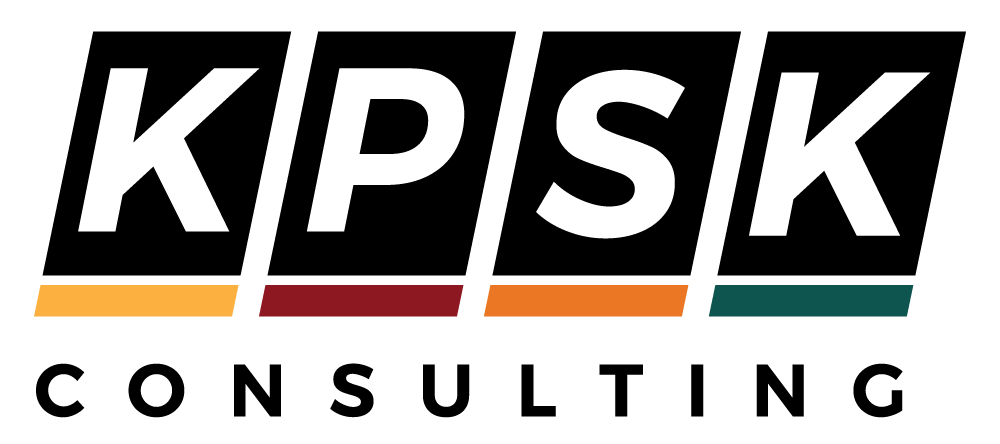WASHINGTON – In the spirit of this week’s Labor Day celebration, the U.S. Department of Labor is collaborating with the Small Business Administration, the National Labor Relations Board and the Federal Mediation and Conciliation Services to release a first-of-its-kind digital toolkit for employers seeking guidance on supporting and responding to their employees interested in exercising their right to form or join a union.
“The Small Business Administration’s toolkit is an invaluable resource for employers looking for information and guidance on unions and the value of collective bargaining,” said Secretary of Labor Marty Walsh, who serves as vice chair of the White House Task Force on Worker Organizing and Empowerment. “Worker interest in forming unions is higher than we’ve seen in decades, and this resource will be an important tool in helping employers respond positively to worker organizing campaigns.”
Executing the Biden-Harris administration’s goal of promoting and supporting unionization and collective bargaining, the digital toolkit highlights the mutual benefits to employers and workers of labor-management partnerships and collective bargaining, in addition to providing numerous resources – through partner agencies – including information on navigating workplace issues, working together to support worker organizing, establishing labor-management partnerships, respecting workers’ freedom to choose union representation and addressing concerns of small businesses.
“Building strong teams and managing workforce issues are critical skillsets that small business owners must continually develop as they start and grow resilient businesses, and the SBA remains committed to supporting them with relevant content and trainings,” said SBA Administrator Isabella Casillas Guzman, a member of the White House Task Force. “The resources in this collaborative digital toolkit will help small businesses learn about, evaluate and manage the growing worker-driven and market-based trends in employee organizing.”
Established by President Biden’s Executive Order on April 26, 2021, the White House Task Force on Worker Organizing and Empowerment directs the coordination and mobilization of more than 20 federal agencies to implement policies, programs, and practices to empower workers to organize and successfully bargain with their employers. Following up on that stated commitment, the task force published a report with more than 70 recommendations in February 2022 that aims to improve relations between and outcomes for both American workers and small businesses. The task force’s second report will be released in the near future.
“Small businesses are a crucial component of the American economy, and they employ millions of workers.” said NLRB General Counsel Jennifer Abruzzo. “This toolkit provides key resources that small business owners can use to ensure their employees can freely and fairly exercise their labor rights and create the effective labor-management partnerships that benefit workers, small businesses and communities alike.”
“FMCS is thrilled to collaborate with our fellow agencies on the toolkit. It is a fantastic opportunity to bring awareness to both labor and management that FMCS is ready, willing, and able to assist in creating effective labor-management partnerships,” said FMCA Acting Director Gregory Goldstein. “FMCS has been effective throughout our 75-year history in preventing, managing and resolving workplace conflict related to collective bargaining. And all at no-cost to the parties.”
Developed through collaboration across federal agencies, the toolkit also builds on the Biden-Harris administration’s pro-union legacy, coming on the heels of the passing of the pro-worker and pro-small business Inflation Reduction Act, which will lower costs for American families, create a more equitable economy, and introduce new opportunities for small businesses and manufacturers, who create nearly two-thirds of net new private sector jobs.
With 16 million U.S. workers who are union members or in a job that provides them union representation, of which more than six in 10 workers are women and/or people of color, unions are also a powerful force in narrowing the pay gap for women and workers of color.
Learn more about the Small Business Administration, the National Labor Relations Board and the Federal Mediation and Conciliation Service.

